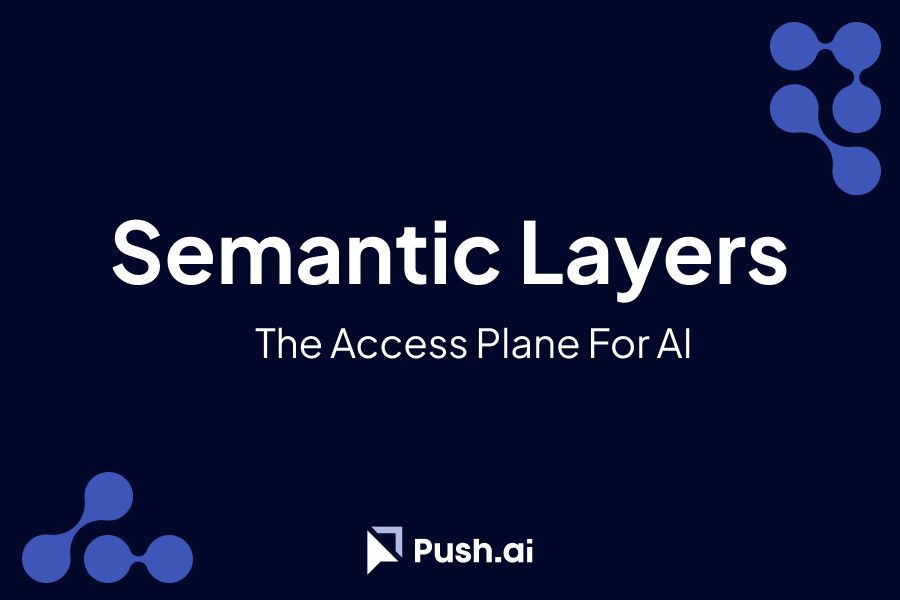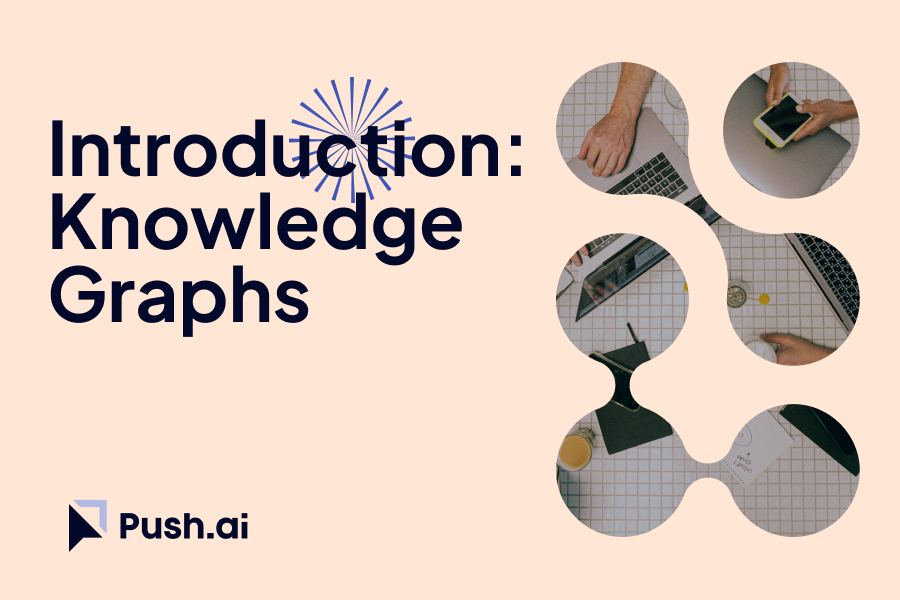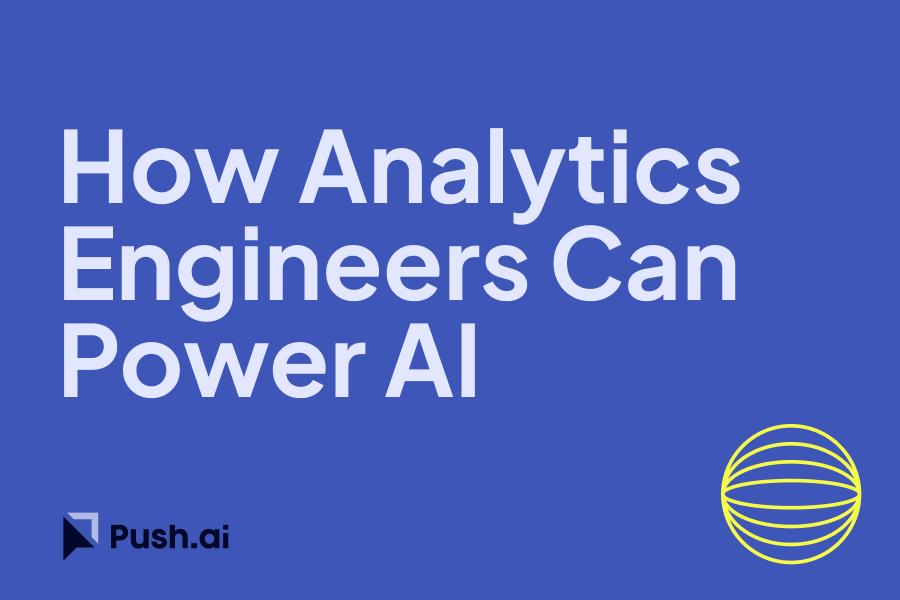Databricks has continually evolved its platform to support the full lifecycle of machine learning (ML) and deep learning (DL) applications. Their latest enhancements include a robust runtime environment for ML, deep learning libraries, and integration with large language models (LLMs) and generative AI. These tools empower data scientists and analysts to build, deploy, and manage sophisticated AI workflows more efficiently. This blog post explores these new functionalities and how they can elevate your data analysis capabilities.
Databricks Runtime for Machine Learning
Simplifying ML and DL Projects
Databricks Runtime for Machine Learning (Databricks Runtime ML) is a pre-configured environment that includes the most common ML and DL libraries, such as TensorFlow, PyTorch, and Keras. It supports both CPU and GPU clusters, ensuring optimal performance for various computational tasks.
Key Features:
- Pre-configured Libraries: The environment comes with pre-installed and pre-configured libraries necessary for machine learning and deep learning projects. This feature eliminates the hassle of manual setup and configuration, enabling data scientists to start their projects quickly.
- GPU Support: Databricks Runtime ML includes support for GPU-accelerated computing, which significantly speeds up the training and inference of complex models. This is particularly beneficial for deep learning tasks that require extensive computational resources.
- Integration with MLflow: MLflow integration allows seamless tracking and management of ML experiments. Users can track metrics, parameters, and artifacts, facilitating efficient model management throughout the ML lifecycle.
Example Use-Case: A company can leverage Databricks Runtime ML to develop a predictive maintenance model for industrial equipment. By utilizing GPU support, the model training process becomes faster, allowing for more iterations and fine-tuning to achieve higher accuracy.
Leveraging Deep Learning Libraries
Comprehensive Support for Deep Learning
Databricks provides comprehensive support for deep learning applications, including integration with popular frameworks and libraries. This support streamlines the development and deployment of deep learning models, making it easier for data scientists to work on advanced AI projects.
Key Libraries:
- TensorFlow and PyTorch: These are two of the most widely used deep learning frameworks. Databricks Runtime ML includes these libraries, along with their dependencies, to ensure compatibility and ease of use.
- Keras: A high-level neural networks API that runs on top of TensorFlow, Keras simplifies the process of building and training deep learning models.
- Petastorm and Horovod: These libraries support distributed training, enabling efficient scaling of deep learning workflows across multiple nodes.
Example Use-Case: A research team working on natural language processing (NLP) can use TensorFlow and Keras to build a language model. By leveraging distributed training with Horovod, the team can scale their experiments, reducing training time and improving model performance.
Large Language Models (LLMs) and Generative AI
Integrating LLMs for Enhanced Capabilities
Databricks has integrated support for large language models (LLMs) and generative AI, providing powerful tools for natural language processing and generation. This integration includes access to state-of-the-art models and APIs that facilitate the deployment of these advanced models.
Key Features:
- Hugging Face Transformers: Databricks Runtime ML includes libraries like Hugging Face Transformers, allowing users to integrate pre-trained models for various NLP tasks.
- LangChain: This library enables seamless chaining of multiple language models and functions, enhancing the capabilities of NLP workflows.
- OpenAI Integration: Databricks supports the integration of models from OpenAI, providing access to cutting-edge generative AI technologies.
Example Use-Case: A content creation team can utilize Hugging Face Transformers to develop an AI-driven writing assistant. This tool can help generate high-quality content, such as articles and marketing copy, by leveraging pre-trained language models for natural language generation.
Conclusion
Databricks' latest AI and ML tools provide a comprehensive environment for developing and deploying sophisticated machine learning and deep learning applications. From pre-configured libraries and GPU support to integration with large language models and generative AI, these advancements enable data scientists and analysts to enhance their workflows and derive deeper insights from their data. By leveraging these powerful tools, organizations can drive innovation, improve efficiency, and maintain a competitive edge in the data-driven landscape.
For more detailed information on these features, you can explore the Databricks documentation and Microsoft Learn.


%201.svg)







